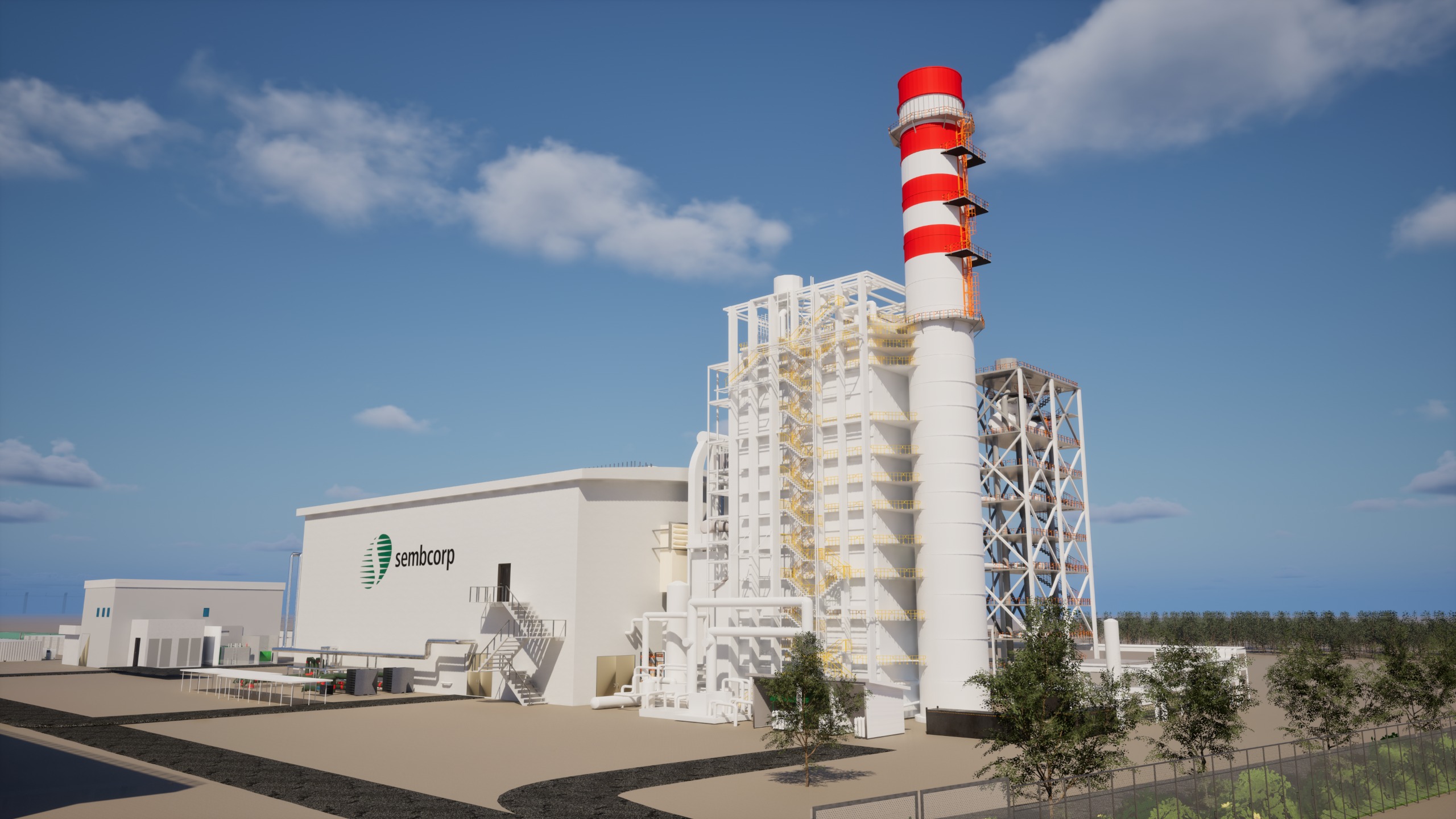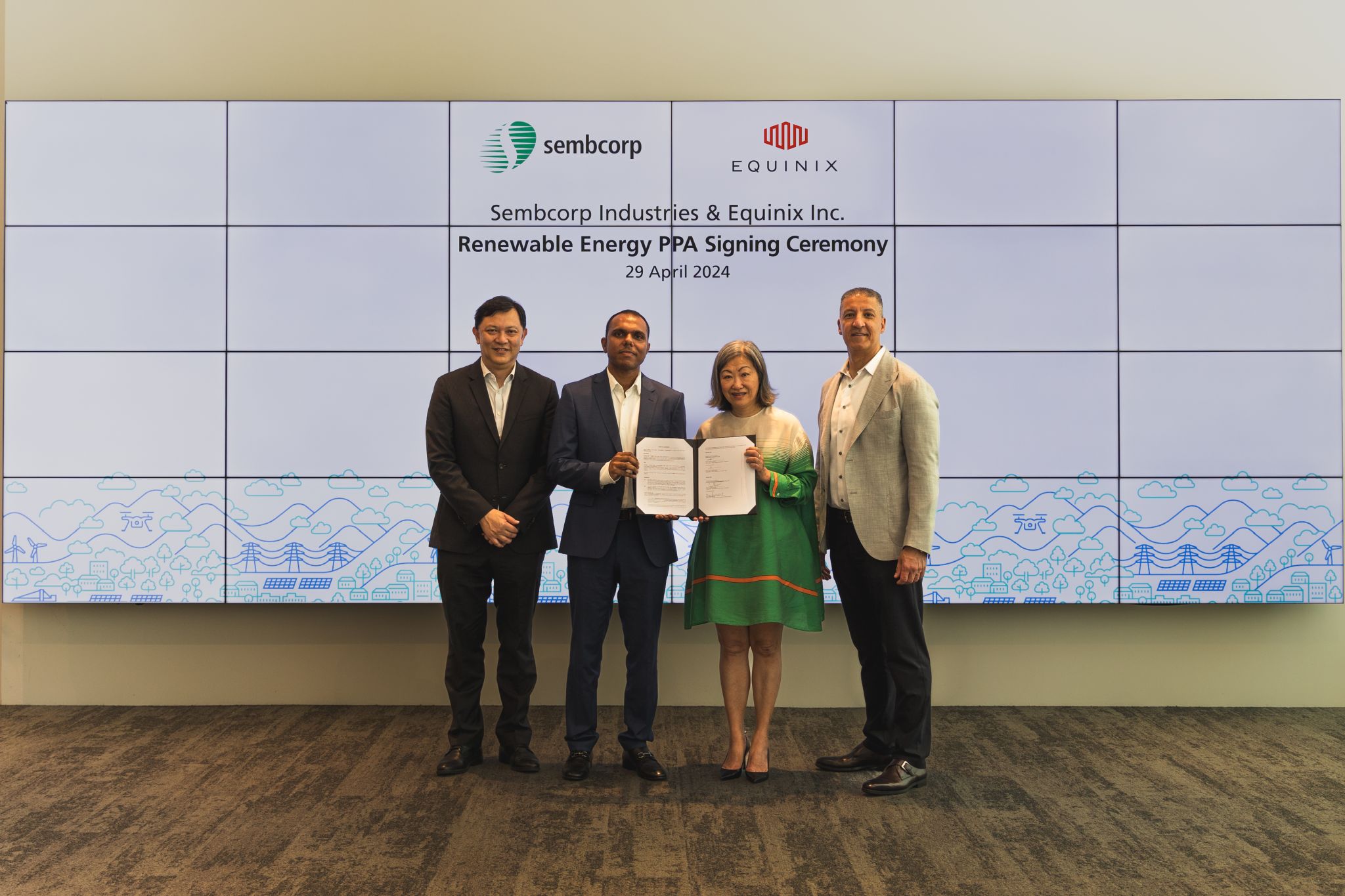Natural Gas in Asia’s Energy Transition: A Pragmatic Path Forward
October 27, 2025
A decade ago, the International Energy Agency heralded the start of the “Golden Age of Gas”. The surge in shale production and expansion of liquefied natural gas (LNG) infrastructure reshaped global energy markets, positioning gas as the cleaner, more flexible alternative to coal and oil. Since then, the rapid decline in renewable energy costs shifted focus toward a greener future. Yet as 2025 marks the 10th anniversary of the Paris Agreement, the world continues to grapple with the challenge of balancing sustainability, affordability, and security.
The world has already surpassed the 1.5°C warming threshold in the Paris Agreement. In the last decade, electricity prices in Organisation for Economic Co-operation and Development (OECD) countries have risen by 40%. Ageing grids and infrastructure bottlenecks, and uneven policy frameworks are deepening the energy trilemma. With hydrogen and ammonia still costly to scale and coal dominating much of Asia’s power mix, natural gas has re-emerged — not as a competitor to renewables, but as indispensable in delivering stability and enabling a pragmatic path to a lower-carbon future.
Gas and Renewables: A Balanced Partnership for Reliability
The world is entering an electricity supercycle, driven by the rapid adoption of artificial intelligence and a global data centre boom that is tripling the pace of electricity demand growth in the last decade.1 In Asia, which accounts for more than half of global energy demand growth, electricity consumption is projected to increase by about 5% annually through 2030.2 Data centre usage alone is expected to more than double from 320TWh in 2024 to 780TWh by the end of the decade.3 These trends present both the challenge and the opportunity to deliver reliable, scalable power solutions that support industrialisation, urbanisation, and digitalisation.
Although renewables continues to be deployed across the region, integrating intermittent sources like wind and solar remains difficult. Grid operators must balance volatility as weather and daylight conditions fluctuate. While battery storage helps, large-scale deployment remains constrained by cost and duration. Hence, natural gas plays a pivotal role in stabilising modern grids, dispatching flexible supply to complement variable renewable output.
In Singapore, this balance is clear. The country will commission four new 600MW advanced gas turbines over the next four years, supplying nearly one-third of national demand. Gas remains central to maintaining grid stability and energy security even as Singapore scales low-carbon electricity imports and green hydrogen initiatives.
For Sembcorp, gas remains a strategic pillar of our energy portfolio — complementing our growing renewables and emerging low-carbon technologies. Together, these assets enable us to deliver dependable, lower-carbon power to customers while paving the way toward a sustainable energy future.
Navigating Regional Differences: A Tailored Transition Approach
Asia’s energy transition is as diverse as the region itself. From advanced economies with mature infrastructure to emerging markets still expanding energy access, no single pathway can fit all. The priorities — whether energy security, affordability, or emissions reduction — differ across borders.
In this context, natural gas serves as a pragmatic bridging fuel that supports national goals while accommodating local realities. The ability to import LNG provides countries without domestic gas reserves access to a cleaner, flexible energy source. LNG, cooled to -160°C for transportation, currently accounts for about 3% of global energy use — a figure set to rise as new supply from the United States and Qatar comes online.
This expansion is particularly significant for Asia, which remains the world’s largest LNG-consuming region. The additional supply will help stabilise prices, enhance accessibility, and support countries in moving away from coal, which still provides more than half of Asia’s power generation. Beyond electricity, LNG is also increasingly used in marine bunkering as a cost-effective way to reduce emissions using existing port and transport infrastructure. For many developing economies, this flexibility makes LNG an essential enabler of both industrial and environmental progress.
At Sembcorp, we recognise that each market’s energy transition journey is unique. We tailor our strategy to local contexts — leveraging our deep expertise across gas and renewables to meet specific needs in grid stability, emissions reduction, and low-carbon deployment. Regional differences may shape the pace and form of energy transition, but one constant remains: natural gas is a vital enabler in building a balanced, resilient, and lower-carbon energy mix for Asia.
Shaping the Future of Gas-Fired Power
Sembcorp operates approximately 8GW4 of gas-fired generation capacity across Singapore, Myanmar, China, Bangladesh, Oman, UAE, and the UK. These assets form the stable backbone of our energy portfolio — meeting rising power demand while ensuring grid resilience across fast-growing economies.
Our gas portfolio is anchored by strong commercial fundamentals and long-term contracts, ensuring a reliable energy supply and predictable earnings. This stability not only benefits our customers but also strengthens our financial capacity to reinvest in renewable energy and low-carbon innovation.
Beyond technology, partnerships are key. As one of Singapore’s largest importers of natural gas, Sembcorp leverages its secure supply to offer stable long-term power purchase agreements (PPAs). These PPAs provide customers with reliable power and cost certainty for their operations, mitigating the impact of volatile energy prices.
In 2023, we became the first company in Singapore to secure multiple long-term PPAs, transforming our merchant-centric portfolio into one that delivers stable recurring income. Industry leaders such as Micron, Singtel and ST Telemedia Global Data Centres have signed PPAs lasting between eight and 18 years to meet their growing energy requirements. In 2024, we reinforced our earnings resiliency by securing additional long-term PPAs with Equinix and GSK, incorporating renewable energy or renewable energy certificates to support our customers’ decarbonisation goals.
In April 2024, Sembcorp signed two long-term power purchase agreements (PPA) with Equinix for its data centre portfolio in Singapore, including Equinix’s first renewable energy PPA
Capturing Growth in Singapore’s Energy market
Singapore’s rising electricity demand, driven by energy-intensive sectors such as advanced manufacturing, semiconductor manufacturing and data centres, presents significant opportunities. 80% of Sembcorp’s generation capacity in Singapore is contracted with these industries. To strengthen our position in the gas-fired power market, we acquired an effective 50% stake in Senoko Energy, enabling us to better serve high-growth sectors while leveraging synergies with our existing gas business.
To ensure long-term gas supply, we continue to diversify our gas sources. Our contracts with Chevron and TotalEnergies extend our natural gas supply beyond 2028, supporting long-term energy reliability.
In December 2024, Sembcorp signed a Sale and Purchase Agreement with Chevron to import up to 0.6 million tonnes of LNG per annum
Sembcorp has also made new investments to increase capacity and reduce emissions from our gas-fired generation. One example is our 600MW hydrogen-ready combined cycle power plant on Jurong Island, slated for operation by 2026. Designed to accommodate a blend of up to 30% hydrogen by volume5, the plant marks a major step toward aligning gas assets with long-term decarbonisation goals.
Artist’s impression of Sembcorp’s hydrogen-ready combined cycle power plant on Jurong Island, slated for operation by 2026
Innovating Gas Infrastructure for a Low-Carbon Future
In the maritime sector, LNG is gaining traction as a cleaner fuel compared to traditional heavy fuel oil, leveraging existing infrastructure while reducing emissions. Meanwhile, biomethane, an affordable and scalable option that can be blended with natural gas, is reshaping the future of gas infrastructure. Sembcorp is participating in the 300MW biomethane sandbox launched by Singapore’s Energy Market Authority. Additionally, other innovations such as solid oxide fuel cells offer high-efficiency, low-emission power generation with the potential for carbon capture, expanding the role of gas in a low-carbon future.
A Pragmatic Energy Future for Asia
Asia’s economic growth, rapid urbanisation, and rising digitalisation demand an energy system that is not only cleaner but also secure, scalable, and affordable. Natural gas continues to play a vital role in Asia’s energy transition, bridging the gap between current infrastructure and future decarbonisation goals, providing a reliable foundation upon which renewables and low-carbon technologies can flourish.
At Sembcorp, we view natural gas as a strategic enabler — one that supports the integration of renewables, drives grid stability, and paves the way for a just, sustainable, and resilient energy transition.
The future of energy in Asia will not be defined by a single technology or pathway. It will be shaped by collaboration, innovation, and balance — ensuring that progress on sustainability does not come at the expense of energy security or economic growth. By harnessing the strengths of natural gas today while investing in the low-carbon fuels of tomorrow, we can achieve a future where energy systems are both resilient and renewable — delivering lasting value for generations to come.

